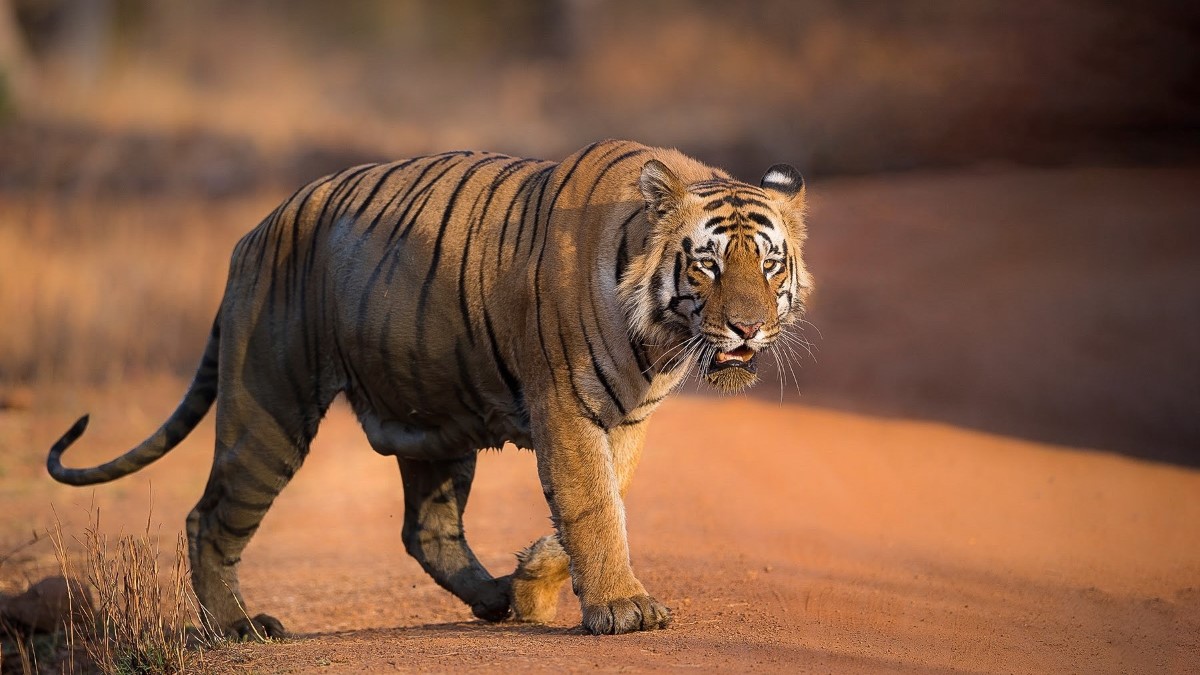INDIA: Cope’s Rule, a principle in evolutionary biology named after American palaeontologist Edward Drinker Cope, suggests that animal lineages tend to evolve towards larger body sizes over time.
This intriguing phenomenon has sparked considerable debate and exploration within the scientific community as researchers seek to understand its underlying mechanisms and implications.
First proposed in the late 19th century, Cope’s Rule challenges the conventional belief that species remain relatively stable in size throughout their evolutionary history. Instead, it proposes that, on average, species tend to increase in size over successive generations.
While exceptions exist to this rule, the general trend towards larger body sizes has been observed across various organisms, from ancient dinosaurs to modern mammals.
The driving factors behind Cope’s Rule are multifaceted and can vary depending on the species and ecological context. One possible explanation is the concept of competitive advantage.
Larger organisms often possess increased strength, improved defense mechanisms, and enhanced access to resources, giving them an edge in survival and reproduction.
This advantage leads to the preferential selection of larger individuals within a population, gradually shifting the average body size over time.
Additionally, larger sizes can offer physiological benefits. For instance, larger animals tend to have lower metabolic rates relative to their body size, allowing them to conserve energy more efficiently.
This advantage can be especially significant in resource-limited environments or during environmental stress. Factors like environmental changes and ecological interactions also influence Cope’s Rule.
For instance, during periods of environmental stability and abundant resources, species may experience relaxed selection pressure, enabling them to grow larger.
On the other hand, in times of environmental upheaval or increased competition, smaller individuals are favored due to their higher reproductive rates or agility.
However, it is essential to note that Cope’s Rule is not an absolute law of evolution, and there are exceptions and counterexamples. Some lineages may undergo a size decrease or remain relatively unchanged in size over extended periods.
These deviations from Cope’s Rule highlight the complexity of evolutionary processes and the influence of various ecological and genetic factors.
Advances in paleontological research and the analysis of fossil records have provided valuable insights into the patterns and mechanisms of size evolution.
By studying the fossilized remains of ancient organisms, scientists can trace the changes in body size within specific lineages over millions of years.
These investigations have revealed intriguing patterns, such as the size increase observed in several dinosaur groups during the Mesozoic era.
Understanding Cope’s Rule and its implications can shed light on the long-term evolutionary dynamics of species and ecosystems. It provides valuable information about the adaptive strategies employed by organisms and the factors that shape biodiversity over geological time scales.
Additionally, studying size evolution can have practical applications, such as predicting species’ responses to environmental changes and understanding the consequences of human-induced alterations to ecosystems.
Also Read: Understanding the Unruh Paradox: The Inexplicable Conundrum of Acceleration and Quantum Physics



